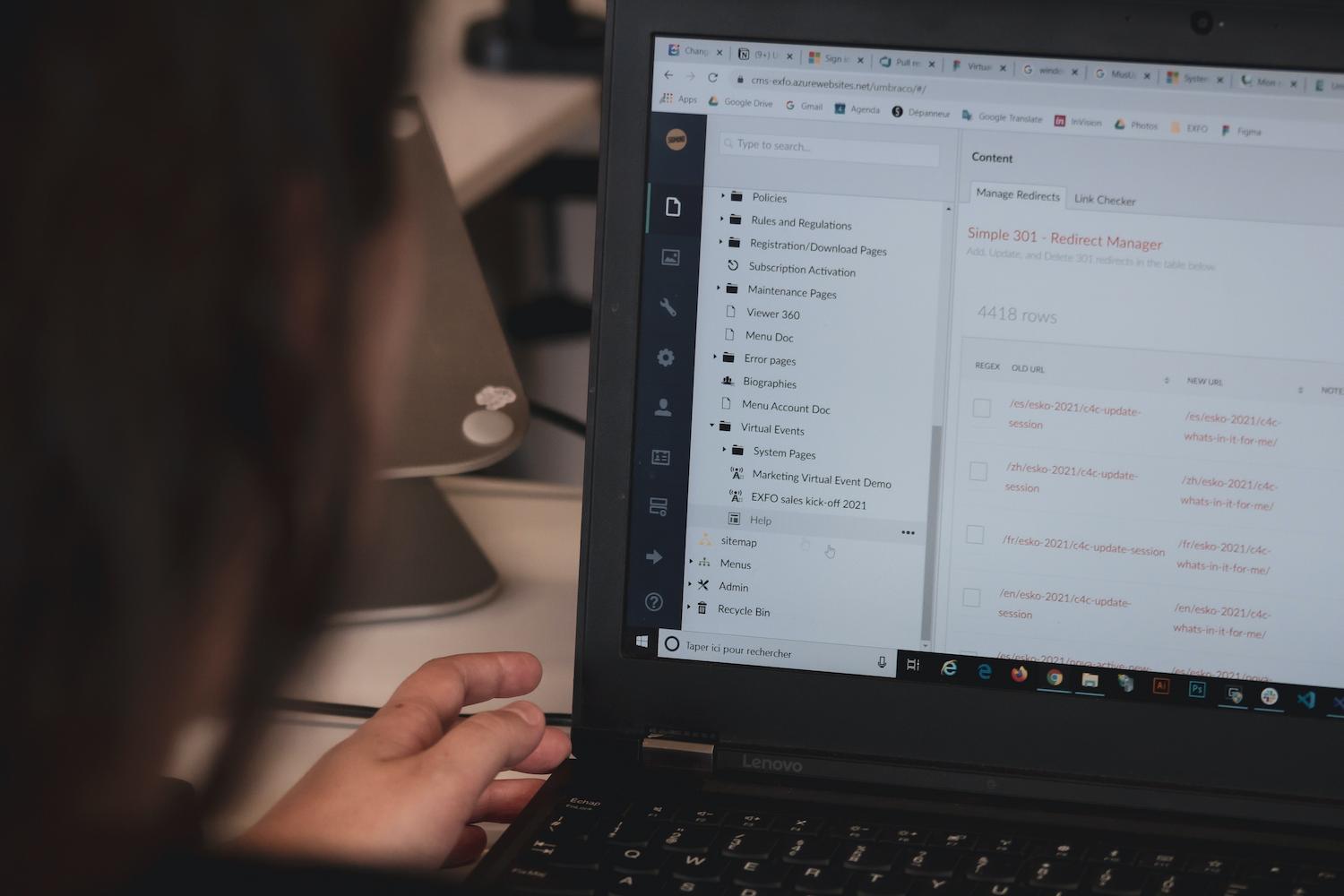Looking at this years ecommerce trends, this is an incredible year for online retail. What makes it so incredible, is it shies from focusing on new inventions – but rather improvements.
I’ve always believed that since its inception: the layman’s formula for shopping hasn’t changed by single molecule, at least not in principle.
I need something, so I’ll go and buy it.
Whilst unchanged, the formula has indeed been enhanced throughout the years. And as the advent of technologies have enabled ecommerce sites greater sophistication, they leverage the 3 core elements of our formula, in ways like never-before.
What has changed for ecommerce?
Our exact needs arefarmorestringently reminded, whilstour distancesoftravelhave streamlined.As forourprocessof buying and purchasing, these have been all but boiled down to a literal ‘nothing’.
These are a given. But what’s unique, is the ‘how’.
Our technologies have taken us to such an extent, that we’re now maturing into our existing creations, and simply putting it; making more out of them.
As mobiles continue to guide ecommerce, and enable our shopping experiences, they will (according to e-Marketer) account for 72% of all online purchases by the year 2020.
As our behaviours and methods have begun to shift in a ‘mobile’ direction, a brave new world of possibilities has begun to emerge. By harvesting the fruits of social media, Big Data, Deep Learning, and Image Recognition – retailers are granted behavioural data, and their accompanied unique selling opportunities, and are capitalising on it, like there’s no tomorrow.
2019’s a great year to be an e-retailer – and here’s why.
Implement the newest tech trends into your ecommerce
1. Social Media & Retail: From AR to Shop Stories
Imperative to the ecommerce marketing mix,isengagementonsocial media.However,asaturatedand shallowad market, using the likes of Facebook Ads, and InstagramSponsored Posts have pushed for more integrated marketing content.
As of the summer, 2018, Instagram, and Snapchatboth feature consumer-friendly Shoppable Stories, capitalising on their proximity to KOLs & Influencers featured across these platforms.


Expect copycats – on a multitude of platforms. Snapchat, Instagram, and WhatsApp whilst separate services, belong to Facebook, which are poised to merge some time later this year. Over the coming months, users and vendors alike can expect greater emphasis on Shoppable Stories throughout Facebook, its associated Messenger IM app, in addition to its other IM service, WhatsApp.
The premise was simple. Be enabling location services and viewing via the AR-enabled Snapchat app, users attending a basketball match inside of Los Angeles sporting venue, Staples Center, were tasked with finding a pair of sneakers on their mobile screens. Upon finding them, they were awarded a promotional QR Code granting exclusive access to purchasing limited edition sneakers.

The shoes sold out in 25 minutes.
Snapchat’s pioneering combination of location-based promotion (geo-tagging), coupled with Augmented Reality resulted in a sell-out of the select Air Jordan sneakers as part of their ‘NBA All-Star’ campaign – a triumph by promotional standards, and a model to be replicated.
2. Augmented Reality: An Actual Reality
It’s possible that our imagination is no-longer enough.
By applying AR to product catalogues, retailers have experimented with 3-D renderings of their own product selections. Most notable to this was furniture retailer IKEA, which in 2017, launched their IKEA Place app, enabling users to ‘set’ furniture items within their own homes. After 2018, smaller-scale vendors were also enabled access to the AR market via Axis, created by AR software provider Vertebrae.

As interest in retail AR exploded, 2019 will be marked with mainstream access to the technology. The launch of the AR catalogue for the 600,000 vendors listed on ecommerce hosting service, Shopify, is powered by free-to-use software 3D-Warehouse. Shoppers will require nothing more than up-to-date smartphones to view products within their own confines.
3. Deep Learning & Hyper Personalisation
Machines learn from us. We teach them all there is to know about our behaviours: purchases, incomes, and chronicles-upon-chronicles of consumer data – suggesting products we may wish to buy.
What Hyper-Personalisation entails is engaging with this aggregate data a step further. By establishing ‘patterns within patterns’ of our buyer behaviour, CRM software is capable of applying predictive analytics to anticipate your next purchases as precisely as ever before.
An example of this process in action could result in unlikely, but accurate purchasing decisions for the consumer. For instance, your purchase of red shoes on Monday, and a red dress on Tuesday, could merit a prediction of a gold necklace on Wednesday.
By recognising the sheer diversity of consumer factors, coupled with advanced analytics, e-retailers will be sure to ‘cash in’ on predictive analytics this year.
4. All-Smiles: Advanced Facial Recognition
In a nod to the 2002 film Minority Report, facial recognition software by developer Facenote will open consumers to personalised buying options. Using image recognition, customers could replace models, and act as their ‘own mannequins’.

Applied in-the-field, the process goes as follows:
-
- Customers are offered ‘selfie discounts’, by taking photos.
- At photo kiosks, located inside retail stores.
- In the online store App, via mobile front-facing camera.
- The user enables device permissions to access front-facing camera whilst using the app.
- User uploads their social media data.
- Useris presented with personalized options, calibrated to factors such as face shape and skin tone – using seamless access to phone camera.
5. Speak Up! Voice Recognition Goes Mainstream
Online searches for products will be powered by a simple uttering. According to US media research analytics company, Comscore, it’s predicted that 50% of all online search queries will be voice-activated.
As sophistication, and confidence in voice recognition technology grows, this will give way to a battleground between major voice tech suppliers, each eyeing for top position: Microsoft Cortana, Google Home ‘Assistant’, Amazon Echo, as well as Apple Homepod.
6. AI Assistants Become the Norm
Response time is a key factor in customer service. Personalised responses whilst traditionally laborious and cost-ineffective, are increasingly delegated to advanced chatbots. These advanced AI Assistants programmed to interact and rectify customer queries using keyword recognition software, enable near-lifelike conversations with customers.
According to a recent Oracle survey titled “Can Virtual Experiences Replace Reality”, 80% of respondent companies – both online and offline retailers – will opt to deploy chatbots by 2020.

AI has its enemies, however, as critics to the practice have cited an impersonal nature of chatbots and inaccuracies in resolving specific or complicated customer issues. However, despite the inconsistencies of the technology, there is growing enthusiasm owing to fast response times, with 35% of surveyed consumers expressing a desire to see more chatbots in-future, according to a Ubisend survey.
7. The Age of Simplified Payments
The EU is set to enforce a directive dubbed the European Commission’s Second Payment Services Directive or PSD2, paving the way for peer-to-peer transactions via 3rd party apps.
Essentially, an institutional ‘disruptor’ to the traditional financial system, the PSD2 will extend regulation to non-bank entities, whilst ensuring security measures are kept in place.

Fintech companies are at the forefront of developing new methods of payment by customers. An example is facial recognition, which could be applied by a non-bank entity. As consumers are offered a wider variety of depositing options, vendors may need to expand their preferred methods of payment.
8. Bricks & Mortar Returns – Bends Rules
Traditional stores, whilst potentially costly, provide a real physical entity, with which online-only retailers can deepen their marketing mix. These locales, permanent or temporary, are methods in which retailers add dimension to their marketing strategies – to good effect.
Showfields – pop-up stores for online brands
Showfields, a boutique retail showcase held in New York City, NY, is one such example, recently featured in Forbes magazine. ‘Online-only’ merchandise by boutique brands is displayed at pop-up stores – and are pre-staffed, managed, and outfitted by Showfields – inviting customers to sample unique merchandise. Mobile POS, and tech options are too in abundance.
Some retailers such as online mattress store, Casper, have enabled customers to physically test their merchandise at their branded pop-up outlet, to book ‘trial naps’.
LEGO – AR-only Snapchat store

Amazon – pioneering AR stores
By applying a range of technologies, primarily using image analytics on grocery items literally taken off shelves – Amazon debits customer purchases, confirming them, and approving possible refunds, based on historic and accrued data, as well as machine learning.

The technology remains in its infancy however, as anomalies can occur. One such instance is a male customer able to effectively ‘steal’ female sanitary products, buy requesting reimbursement for the taken item. Due to the product’s absence from the customer’s historic data, and incompatibility with predicative analytics, the ‘theft’ was successful.
We’re Enhancing – Not Widening
In all, these are technologies mostly available in the palms of our hands, fine-tuned and made available through updates to operating systems. It represents a plateau in our physical infrastructure, as retailers regroup, joining forces with analytical companies to better understand our behaviours.
This trend will continue, as faster, more secure processing of payments will be made available. And whilst this technology continues to tweak, the idea behind the physical retail store has started a slow but sure return – and it brought back a few gifts.
These gifts of course, are the types to keep on giving, as mobile-based has enabled mutual exchanges of information, for both the customer, and the vendor. Conveniences in search queries, accessibility, and payments have raised consumers’ empowerment in an unprecedented fashion. Our mobiles are everything if not crucial – both to us, and to those selling to us.
As for our formula, not a single element has changed. If anything, it just got a whole lot faster.
Ready to implement ecommerce trends at your business?



